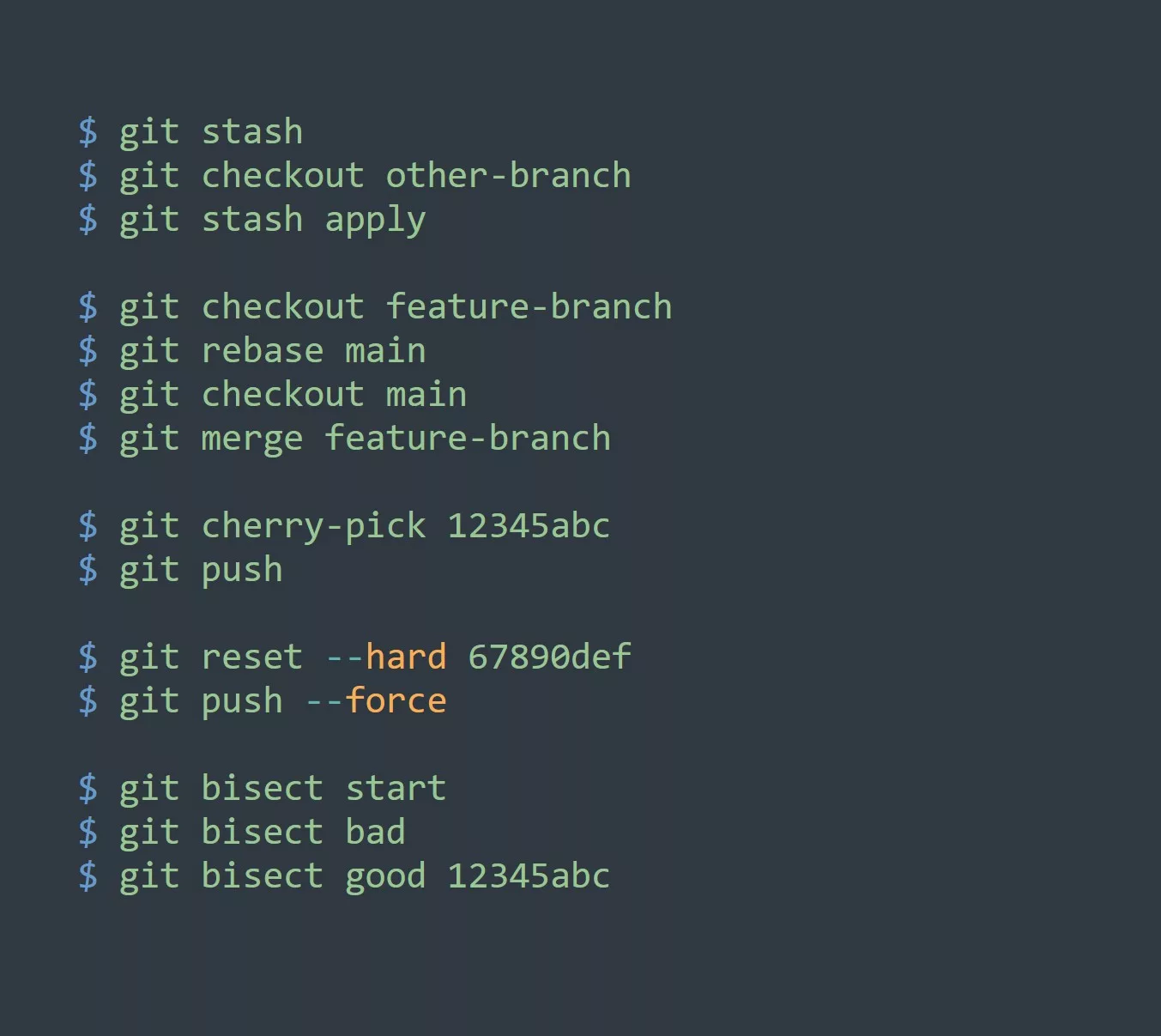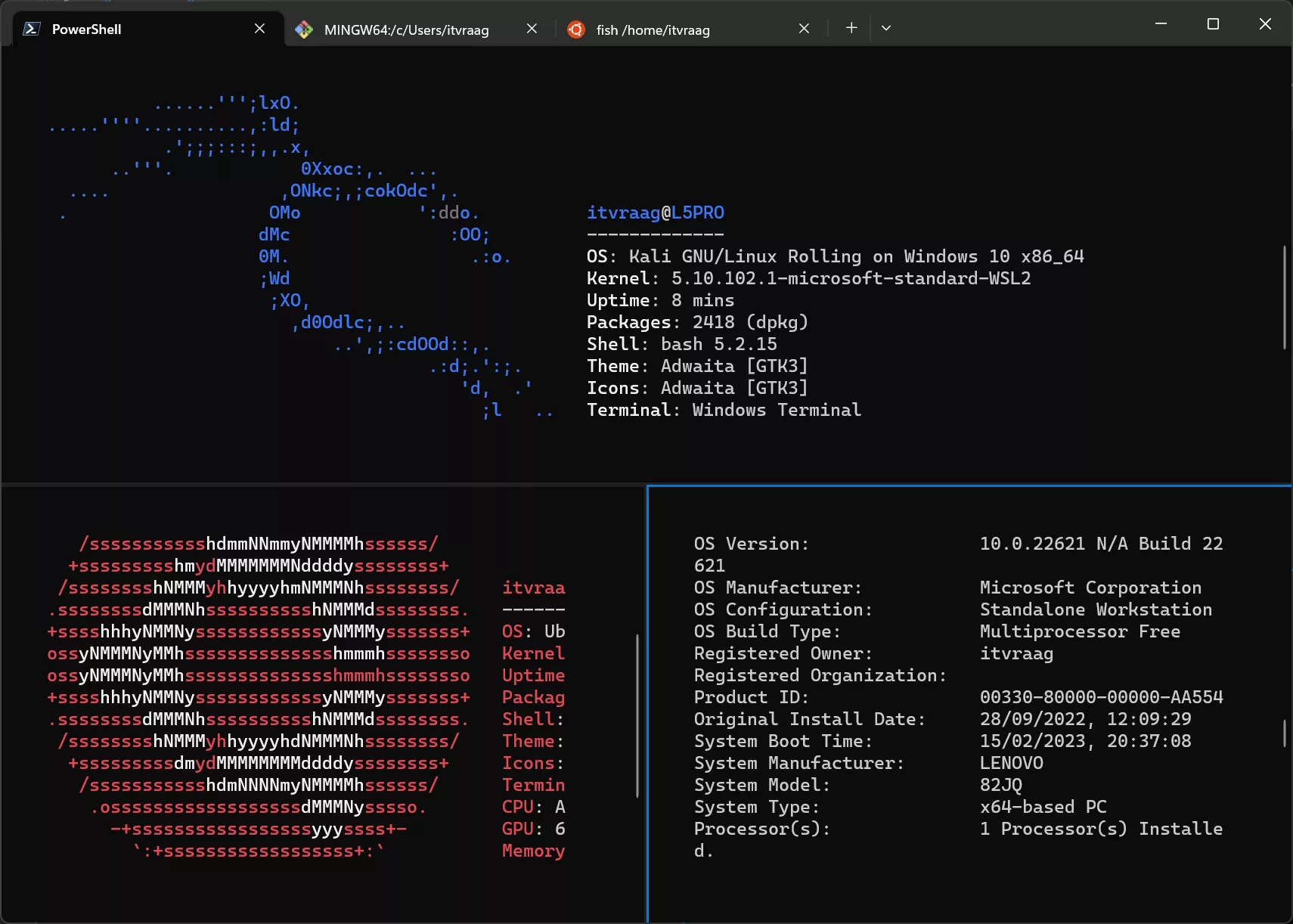Do you want to know the secret to creating high-performing teams? Are you tired of watching your team struggle to collaborate effectively? It’s time to dive into the world of Patrick Lencioni’s “Five Dysfunctions of a Team” and unlock the potential of your team.
Introduction
Why do some teams excel while others flounder? It’s not just a matter of individual talent, but how those talents mesh and collaborate. Lencioni’s Five Dysfunctions of a Team model offers a roadmap for overcoming the common obstacles to effective teamwork. Let’s embark on a journey through these dysfunctions and learn how to transform them into powerful solutions.
The Five Dysfunctions

1. Absence of Trust
Picture a tightly-knit group of mountain climbers, each one relying on the others to secure their ropes and equipment. This is the kind of trust your team needs. By fostering vulnerability-based trust, team members can open up about their weaknesses and fears without the risk of being judged. But how do we build that trust? The answer is simple: communication. Encourage open dialogue, facilitate team-building activities, and watch as the walls between team members crumble.
2. Fear of Conflict
Have you ever witnessed a storm brewing in the sky, only for it to clear and reveal a breathtaking view? That’s what healthy conflict can do for your team. When managed productively, conflict can lead to innovation and better decision-making. Create an environment where team members can express differing opinions while maintaining respect for one another. Remember, storms can be powerful and even beautiful when channeled in the right direction.


3. Lack of Commitment
Imagine a symphony orchestra where every musician plays their own tune, creating chaos instead of harmony. A team lacking commitment can feel the same way. Engage your team in discussions and ensure that everyone feels heard and understands the rationale behind decisions. Like an orchestra conductor, strive for clarity and buy-in to align everyone with the team’s goals.
4. Avoidance of Accountability
A ship cannot sail smoothly without each crew member pulling their weight. Similarly, team members must hold one another accountable for their actions and performance. Establish clear expectations, and create a culture of accountability by regularly reviewing progress and offering constructive feedback. With everyone taking responsibility for their role, your team’s ship will navigate the waves of challenges with ease.


5. Inattention to Results
What good is a soccer team if the players only care about their individual achievements? A team must focus on collective goals to achieve true success. Cultivate a shared vision, and continually assess progress towards these objectives. When everyone pulls together, the sum becomes greater than the individual parts.
Transforming Dysfunctions Into Solutions
By now, you’re likely envisioning the remarkable team you can create by addressing these dysfunctions. Transforming these challenges into solutions requires commitment, effort, and patience. Here are a few practical steps to get you started on this transformative journey:
- Diagnose the dysfunctions: Assess your team’s current state and identify the areas that need improvement. Be honest and open about the dysfunctions present within your team.
- Create an action plan: Develop a roadmap for addressing the dysfunctions. Set clear goals, expectations, and timelines to ensure that everyone is on the same page.
- Implement change: Begin to put the action plan into motion. Be prepared to face resistance, and provide the necessary support and resources to help your team adjust and adapt.
- Monitor progress: Regularly evaluate the team’s progress towards overcoming the dysfunctions. Adjust the action plan as needed and celebrate the small victories along the way.
- Foster a culture of continuous improvement: Encourage a growth mindset, and make it a priority to continually refine and optimize your team’s processes and dynamics.
Conclusion
Embracing Lencioni’s Five Dysfunctions of a Team model and addressing the obstacles to effective teamwork can lead to incredible results. Like a phoenix rising from the ashes, your team can overcome these dysfunctions and soar to new heights of collaboration and success. So, what are you waiting for? It’s time to unlock the potential of your team and witness the power of truly effective collaboration.
Remember, the journey of a thousand miles begins with a single step. Start today, and watch your team transform into a cohesive, unstoppable force that outshines the competition.



